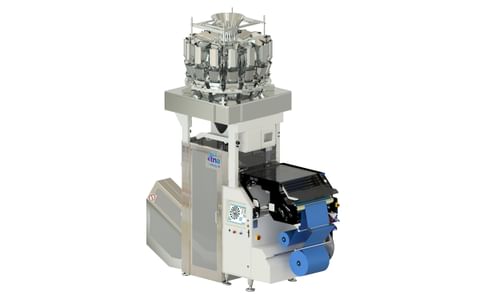Popcorn
Microwave Popcorn Lung Prevention Rules Expanded by OSHA

Federal safety regulators say that some substitutes for the chemical diacetyl, believed to cause a condition known as microwave popcorn lung disease in food manufacturing workers, may also be linked to the potentially deadly ailment.
On Monday, the Occupational Safety and Health Administration (OSHA) expanded its National Emphasis Program (NEP) on Microwave Processing Plants to limit worker exposure to 2,3-pentanedione, which they say may have similar respiratory risks as diacetyl. The expanded NEP also places exposure limits on 2,3-hexanedione and 2,3-heptanedione, which are chemically similar to 2,3-pentanedione and diacetyl. All of the chemicals are known as alpha-diketones.
Diacetyl is a food additive that was once used to give microwave popcorn and some other foods their buttery smell, but it has been linked to bronciolitis obliterans, a respiratory condition more commonly known as popcorn worker’s lung.
The microwave popcorn industry turned away from the additive once its links to popcorn lung disease became widely recognized and have used a variety of substitutes to duplicate its effects.
The changes in the NEP affect all microwave popcorn processing and manufacturing facilities. OSHA decided to expand the NEP after studies by the National Institute for Occupational Safety and Health (NIOSH) tested 2,3-pentanedione and found that rats began to suffer airway degeneration, cell death, necrosis, white blood cell inflammation and nasal problems hours after being exposed. The study determined that the chemical damages airways in the same manner as diacetyl.
According to NIOSH’s findings, 2,3-pentanedione, 2,3-hexanedione and 2,3-heptanedione are less water soluble than diacetyl, which could mean that they penetrate deeper into the lungs and could have an even greater toxicity than diacetyl.
On Monday, the Occupational Safety and Health Administration (OSHA) expanded its National Emphasis Program (NEP) on Microwave Processing Plants to limit worker exposure to 2,3-pentanedione, which they say may have similar respiratory risks as diacetyl. The expanded NEP also places exposure limits on 2,3-hexanedione and 2,3-heptanedione, which are chemically similar to 2,3-pentanedione and diacetyl. All of the chemicals are known as alpha-diketones.
Diacetyl is a food additive that was once used to give microwave popcorn and some other foods their buttery smell, but it has been linked to bronciolitis obliterans, a respiratory condition more commonly known as popcorn worker’s lung.
The microwave popcorn industry turned away from the additive once its links to popcorn lung disease became widely recognized and have used a variety of substitutes to duplicate its effects.
The changes in the NEP affect all microwave popcorn processing and manufacturing facilities. OSHA decided to expand the NEP after studies by the National Institute for Occupational Safety and Health (NIOSH) tested 2,3-pentanedione and found that rats began to suffer airway degeneration, cell death, necrosis, white blood cell inflammation and nasal problems hours after being exposed. The study determined that the chemical damages airways in the same manner as diacetyl.
According to NIOSH’s findings, 2,3-pentanedione, 2,3-hexanedione and 2,3-heptanedione are less water soluble than diacetyl, which could mean that they penetrate deeper into the lungs and could have an even greater toxicity than diacetyl.
Like to receive news like this by email? Join and Subscribe!
NEW! Join Our BlueSky Channel for regular updates!
Sponsored Content
Sponsored Content
Sponsored Content
Sponsored Content
Sponsored Content








